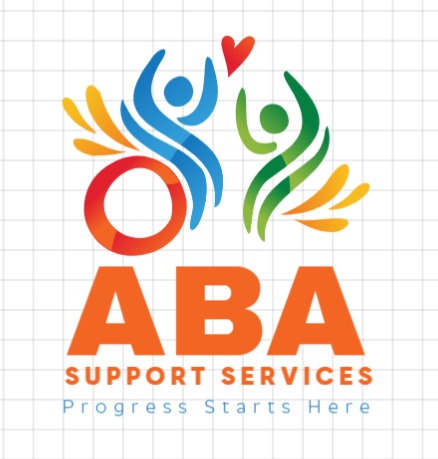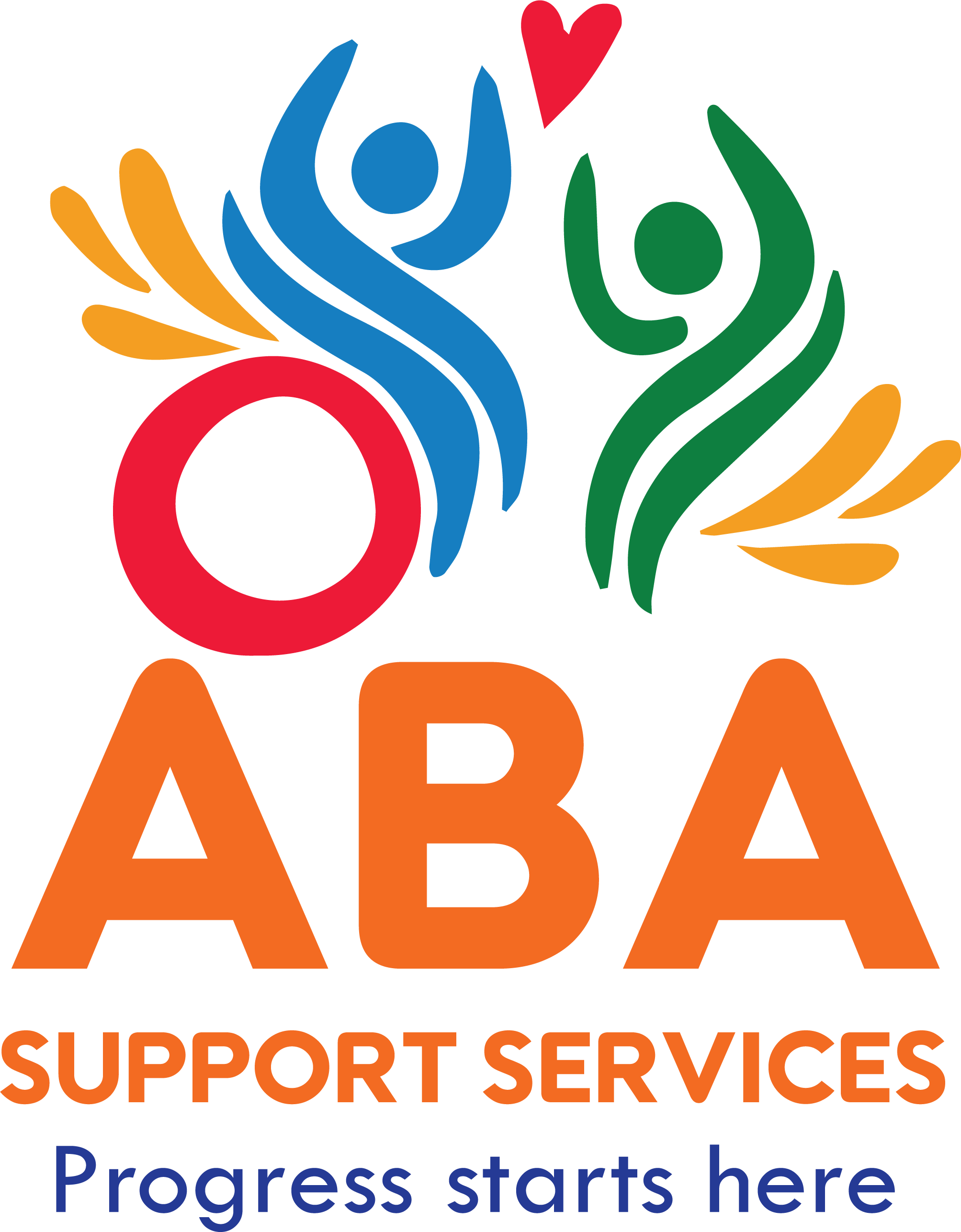
While ABA helps individuals achieve personal independence, Organizational Behavioral Management (OBM) applies similar principles to improve workplace performance. By utilizing behavioral science techniques, OBM enhances productivity, safety, leadership, and organizational culture.
Key Areas of OBM
- Performance Management
Behavioral interventions in the workplace help set performance goals, monitor employee progress, and reinforce positive behaviors. Techniques such as feedback, goal setting, and reinforcement help maintain high productivity levels. - Behavioral Safety
Workplace safety is a top priority. OBM helps organizations identify unsafe behaviors, implement corrective measures, and reinforce safe practices to minimize workplace hazards. - Training and Development
OBM-driven training programs use behavioral principles to create structured, efficient, and tailored learning experiences. This approach ensures that employees retain knowledge and apply it effectively. - Leadership and Organizational Culture
Leadership plays a critical role in shaping workplace behavior. OBM helps leaders create a positive organizational culture, fostering accountability, motivation, and job satisfaction. - Process Improvement
Analyzing workflow patterns and employee behaviors allows OBM to identify inefficiencies and streamline business operations, ultimately leading to cost reductions and increased productivity.
Conclusion
By integrating behavioral science into daily living and professional environments, both the Basic Life Skills Program and Organizational Behavioral Management serve as transformative tools. Whether helping individuals achieve independence or enhancing workplace performance, these methodologies create lasting, positive change. As awareness of these programs grows, society moves toward a more inclusive and efficient future.

